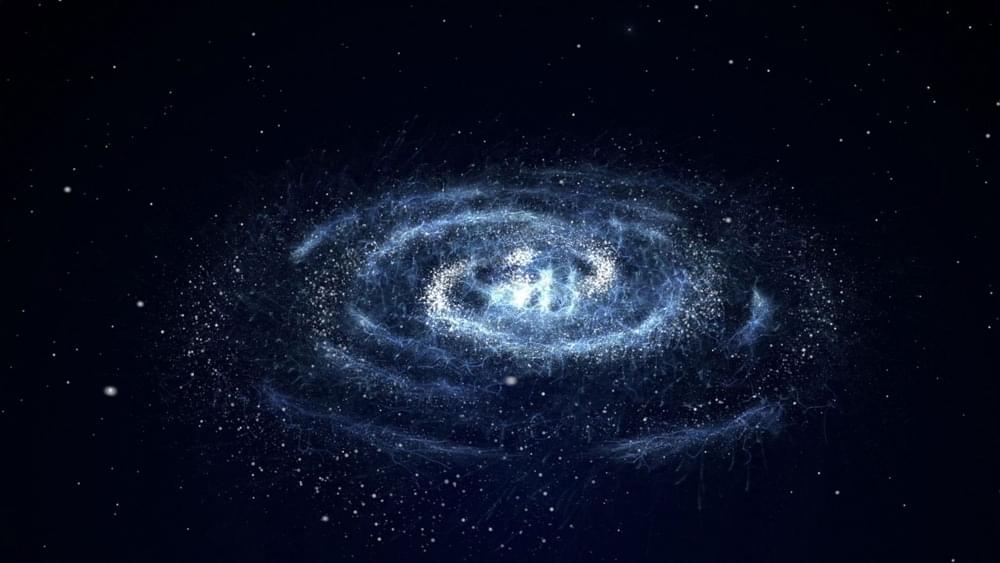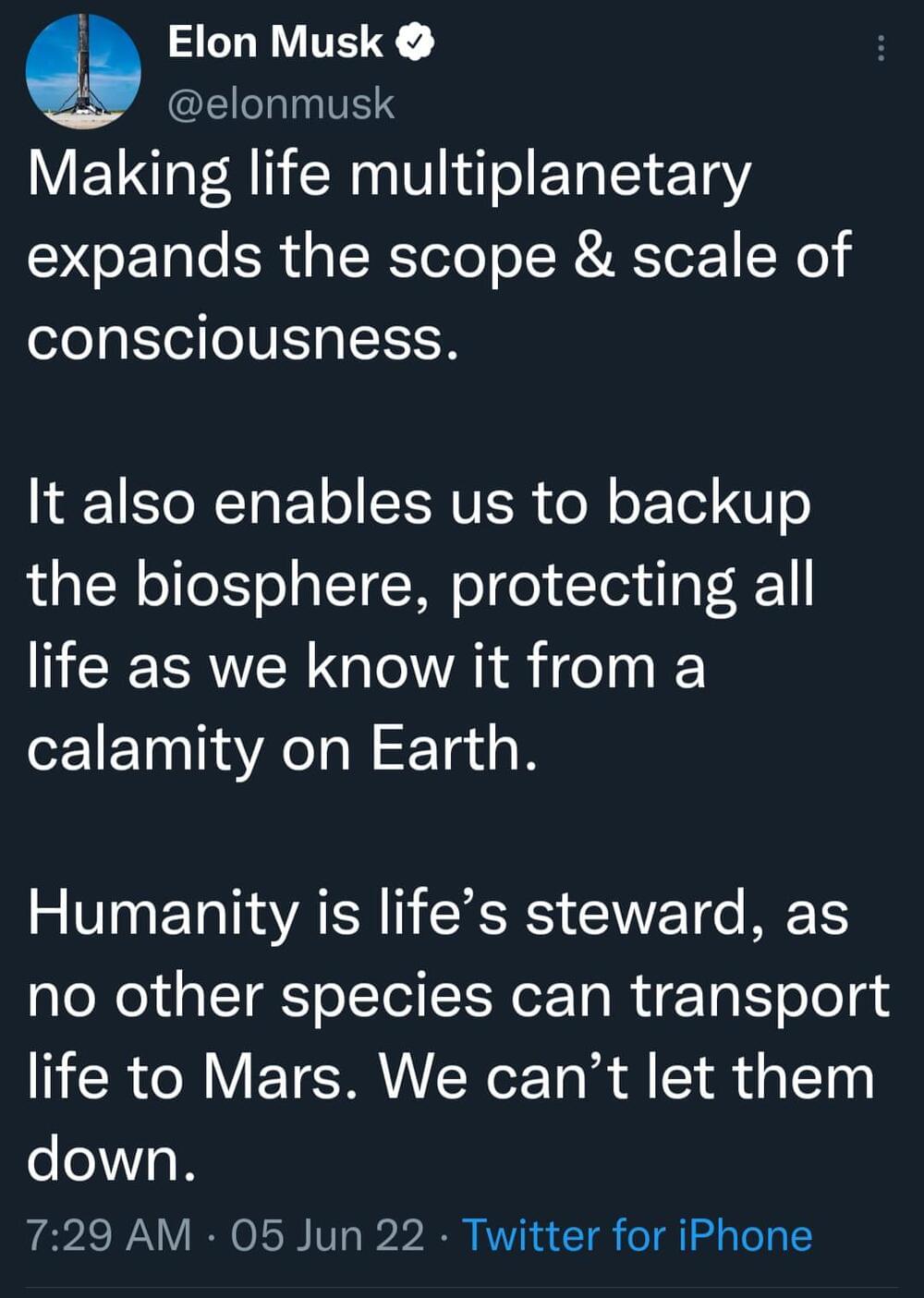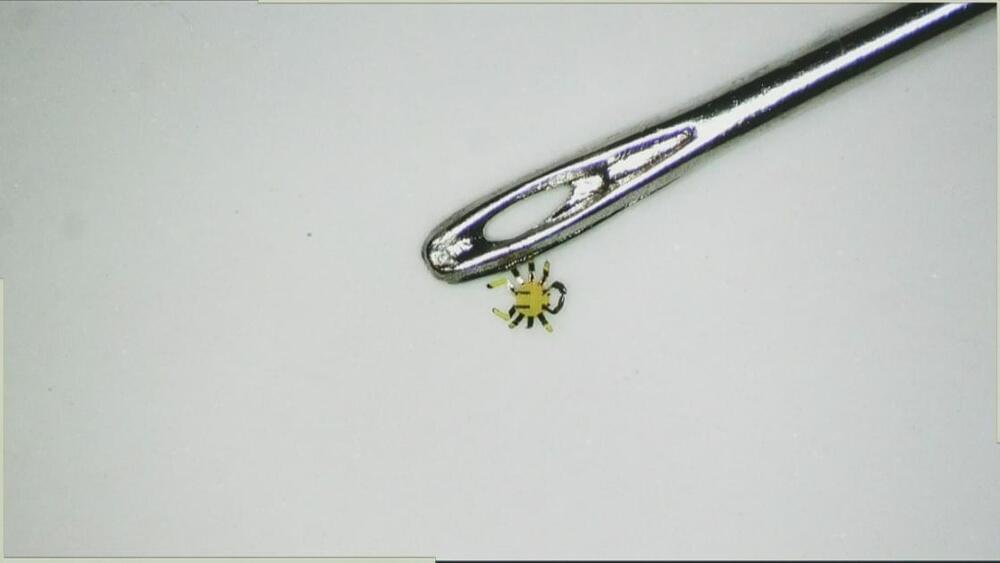Use of circulating tumor DNA to guide adjuvant treatment planning for patients with resectable colon cancer led to fewer patients receiving chemotherapy while maintaining outcomes, according to the DYNAMICS study.






You might not recognize the term NSAID, which stands for non-steroidal anti-inflammatory drugs, but you are undoubtedly familiar with this class of medications which are commonly used for headaches, pain relief, and to reduce fever. You’ll also recognize the common types of NSAIDs including aspirin, ibuprofen, and naproxen, as well as the brand names such as Bayer, St. Joseph, Advil, Motrin, and Aleve.
Even though they are often used to treat pain and inflammation, different NSAIDs can have surprising and inexplicable effects on many diseases. New research reveals a previously unknown process by which some NSAIDs affect the body. The findings may explain the varying effects of different NSAIDs and also point to entirely new applications for these drugs.
Since these medications are so widely used, it is really important to fully understand how they affect the body.
A China military publication says the Starlink internet service may be used by the US to bring “chaos or calamity’’ to the world.
Join us on Patreon!
https://www.patreon.com/MichaelLustgartenPhD
Cronometer Discount Link:
https://shareasale.com/r.cfm?b=1390137&u=3266601&m=61121&urllink=&afftrack=


Scientists successfully proved reverse aging techniques in mice by employing proteins that can turn an adult cell into a stem cell. There’s hope for you yet.